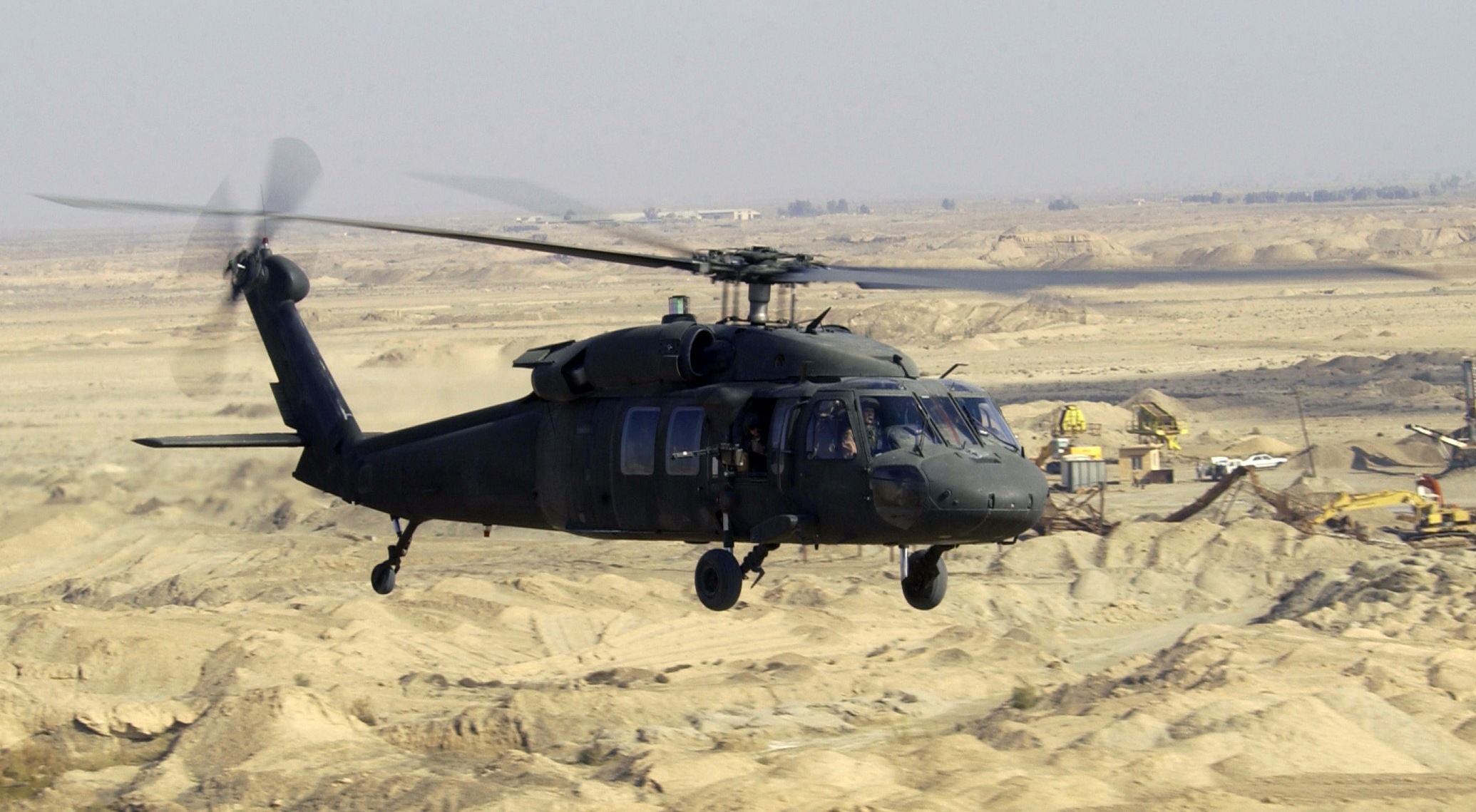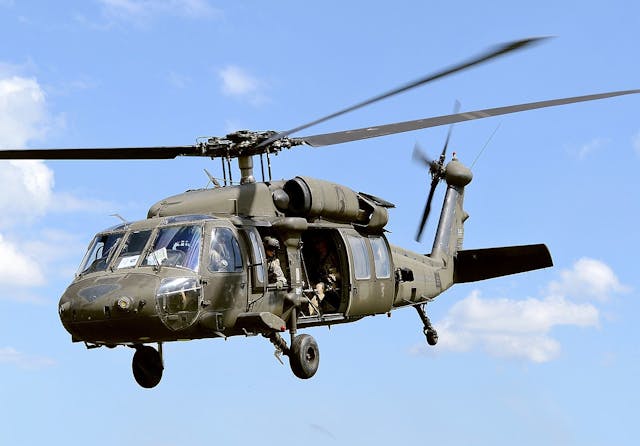The Influence of Sustainable Practices on the Future of Airplane Operations and Emissions Decrease
As the aviation market encounters enhancing scrutiny over its environmental impact, the adoption of lasting practices emerges as a vital path towards future airplane operations and emissions decrease. Advancements in sustainable air travel gas and innovations in hybrid propulsion modern technologies stand at the forefront of this transformation, promising significant reductions in greenhouse gas exhausts. However, the effective assimilation of these campaigns rests on a selection of elements, including regulative frameworks and sector partnership. The question continues to be: how will these advancing methods reshape the characteristics of air travel and add to a more sustainable future?

Introduction of Lasting Practices
Sustainable techniques in aircraft operations include an array of strategies targeted at minimizing ecological impact while maintaining operational efficiency. These practices are necessary in the aviation market's dedication to reducing its carbon impact and sticking to global ecological criteria. Key efforts include enhancing flight courses to reduce fuel usage, improving upkeep methods to make certain aircraft run at peak effectiveness, and carrying out advanced technologies such as winglets and light-weight materials that improve the rules of aerodynamics.

Engaging and training team on sustainability methods additionally play a crucial duty, promoting a culture of environmental duty within companies. Overall, the integration of these lasting techniques not just helps in reducing discharges however additionally boosts the long-lasting practicality of the aviation industry, ensuring it meets the demands of both customers and regulative bodies while adding to international sustainability objectives.
Innovative Gas Alternatives
Numerous ingenious gas alternatives are becoming crucial services to lower the aviation market's dependence on typical fossil fuels. Amongst these alternatives, Lasting Aeronautics Fuels (SAFs) have actually obtained substantial focus because of their potential to lower lifecycle greenhouse gas discharges by approximately 80% compared to standard jet gas. SAFs are originated from numerous feedstocks, including waste oils, farming deposits, and also algae, making them a versatile choice for the sector.
One more promising alternative is hydrogen fuel, which, when made use of in gas cells, generates just water vapor as a result. This zero-emission possible presents a significant opportunity for decarbonizing trip procedures, particularly for short-haul flights and local aircraft. Furthermore, electrical propulsion systems are being explored, leveraging battery innovation to power aircraft. While existing battery capacity limitations range and haul, continuous developments might soon make electrical trips viable for certain applications - uh 60.
Last but not least, biofuels derived from biomass are being checked out, using a sustainable option that can be mixed with conventional fuels. Jointly, these ingenious fuel alternatives represent a critical action toward attaining a sustainable aviation ecological community, aligning with worldwide emissions reduction targets and improving the industry's ecological stewardship.
Technological Advancements in Air Travel

Just how can technological developments improve the future of aviation? Innovations such as address electrical and hybrid propulsion systems are at the center, encouraging substantial decreases in gas usage and greenhouse gas discharges.
Moreover, the implementation of sophisticated materials, such as light-weight composites, adds to improved the rules of aerodynamics and gas effectiveness. Making use of expert system and machine learning in flight procedures enhances course preparation and decreases gas burn by enabling real-time modifications based on climate and web traffic problems. In addition, the development of autonomous and remotely piloted airplane systems stands to transform cargo and guest transportation, possibly enhancing effectiveness while reducing human error.
Furthermore, sustainable aeronautics innovations, including advanced air traffic monitoring systems, can simplify operations and reduce blockage, leading to lower exhausts during flight. These advancements jointly represent a paradigm shift in aviation, promising a future where sustainability and operational performance are intertwined, consequently supporting the market's commitment to minimizing its ecological influence.

Regulative Framework and Conformity
Taking into account the growing emphasis on ecological stewardship within the air travel market, the governing framework controling aircraft operations is evolving to promote lasting methods. Regulatory bodies, such as the International Civil Air Travel Company (ICAO) and numerous nationwide aviation authorities, are introducing stringent standards targeted at lowering discharges and enhancing operational efficiency.
These regulations frequently consist of the fostering of Sustainable Air travel Gas (SAF), which has been recognized as a key part in accomplishing reduced carbon footprints. Conformity with these laws needs airline companies to apply advanced innovations and operational practices, such as enhanced trip paths and enhanced air web traffic monitoring, to lessen fuel intake.
Furthermore, the enforcement of exhausts trading plans and carbon offsetting efforts is becoming progressively prevalent, compelling airline companies to check and report their exhausts accurately. Non-compliance can result in substantial penalties, thus pushing drivers to focus on sustainability in their business designs.
Ultimately, the developing regulative landscape not only drives technology and financial investment in environment-friendly technologies but likewise promotes a society of liability within the air travel market. As these structures remain to develop, the concentrate on lasting techniques will certainly be important to accomplishing the field's lasting ecological goals.
Future Patterns in Aircraft Procedures
As the aviation market adapts to a significantly find more info rigorous regulatory setting, future fads in aircraft procedures are readied to concentrate on innovative solutions that better boost sustainability and effectiveness - uh 60. Trick developments will likely consist of the adoption of innovative air website traffic management systems, which utilize real-time information and man-made intelligence to optimize trip courses, decreasing gas consumption and discharges
Another significant fad is the enhanced combination of lasting air travel fuels (SAFs) These options to conventional jet gas, originated from eco-friendly resources, can substantially reduce lifecycle greenhouse gas exhausts. The sector's commitment to SAFs will likely speed up as airline companies work together with fuel manufacturers to make sure accessibility and cost-effectiveness.
In addition, the press towards electrification and crossbreed propulsion systems is getting energy. Emerging aircraft layouts will certainly include these innovations, offering quieter and extra efficient procedures, specifically for short-haul trips.
Verdict
The adoption of lasting aeronautics fuels, combined with innovations in electric and hybrid propulsion systems, is necessary for lessening lifecycle greenhouse gas discharges. Enhancing trip courses and embracing cutting-edge technologies contribute to a quieter and a lot more environmentally pleasant air travel market.
Developments in lasting aviation gas and advancements in crossbreed propulsion innovations stand at the forefront of this transformation, promising substantial decreases in greenhouse gas exhausts.Many cutting-edge fuel choices are emerging as critical options to lower the air travel industry's reliance on conventional fossil gas - uh 60. Amongst these alternatives, Sustainable Aeronautics Gas (SAFs) have actually acquired significant attention due to their potential to reduce lifecycle greenhouse gas exhausts by up to 80% compared to standard useful source jet fuels.Another significant trend is the raised combination of lasting aeronautics gas (SAFs) The fostering of sustainable air travel fuels, coupled with developments in electrical and hybrid propulsion systems, is necessary for minimizing lifecycle greenhouse gas discharges